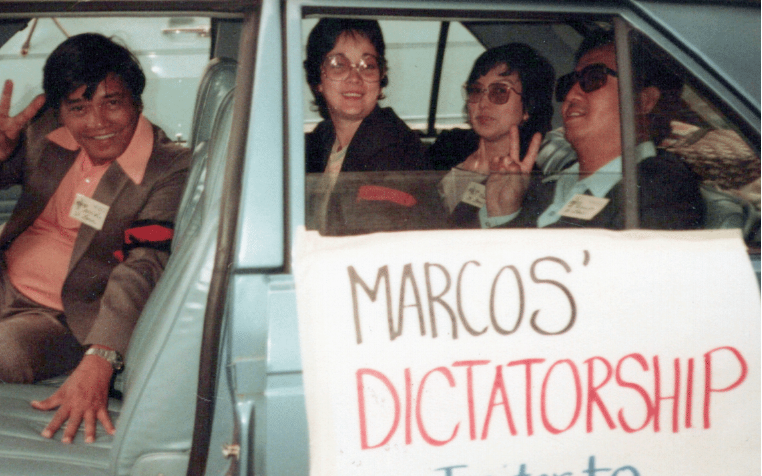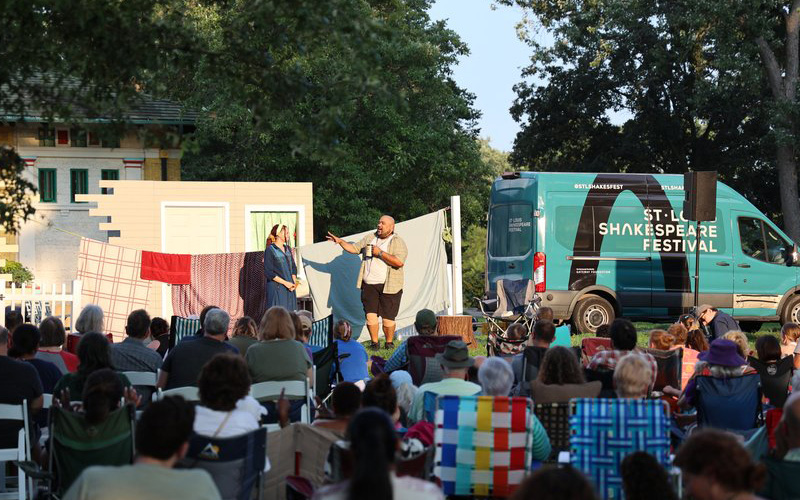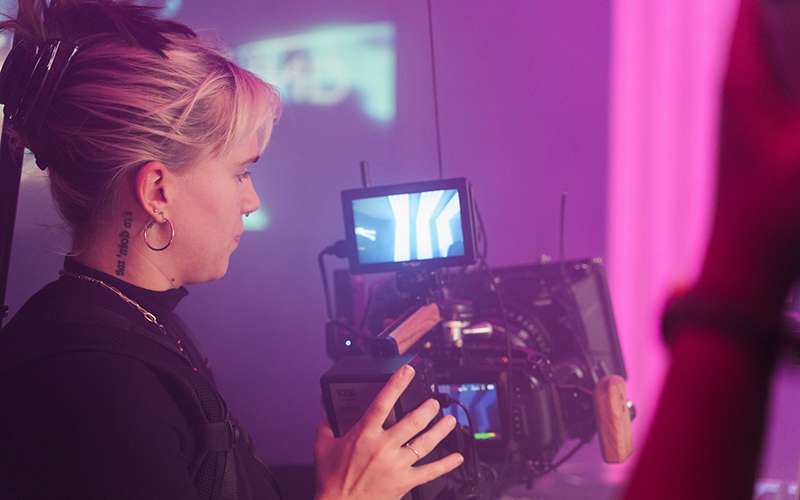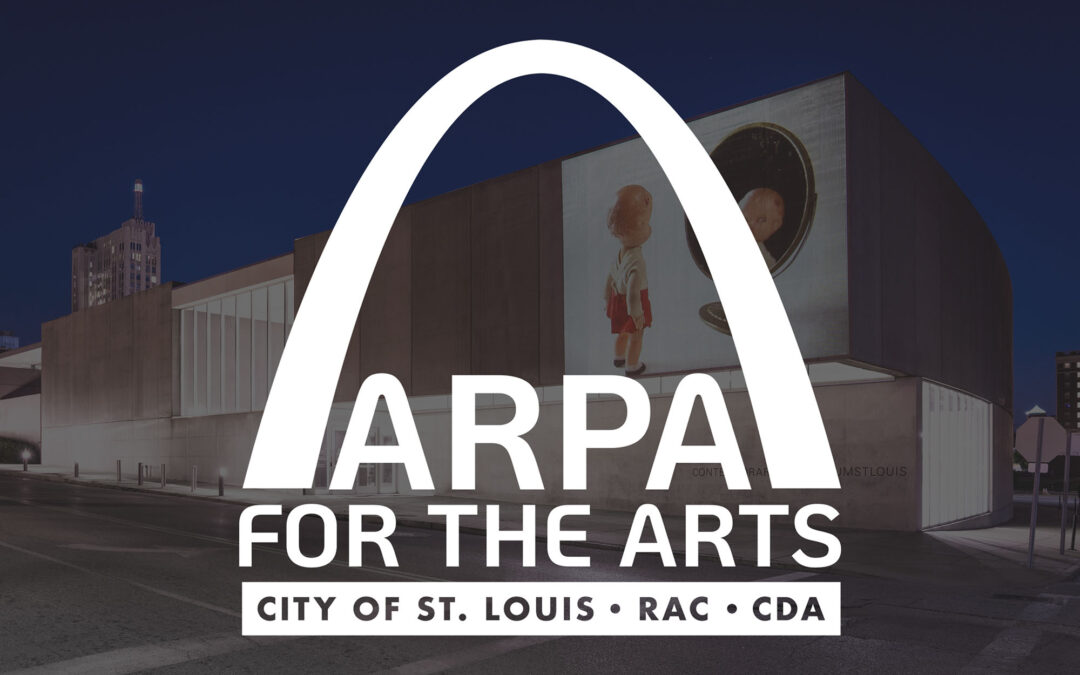It was a historic year for the Regional Arts Commission of St. Louis (RACSTL) as it awarded more than $9.69 million in grants to the arts and culture sector, with $3,697,743 coming from hotel/motel tax grants and nearly $6 million coming from ARPA for the Arts funding.
Hotel/Motel Tax Grants
This year, 146 artists, 37 programs and 96 organizations were funded through hotel/motel tax grants. View the grant recipient lists below.
“Supporting the arts and culture sector is crucial for the growth and prosperity of St. Louis City and St. Louis County,” said Vanessa Cooksey, RACSTL president and CEO. “The sector provides nearly $868 million in economic activity, 12,000 jobs, and brings 8.1 million tourists and attendees to our theaters, venues, museums, festivals and more.”
Every quarter, RACSTL receives four-fifteenths of the hotel/motel room tax revenue earned in St. Louis City and St. Louis County. RACSTL uses that funding to support local artists, arts organizations and arts programs through grants.
“The arts and culture sector continues to recover from the pandemic, as does the tourism sector,” said Vanessa Cooksey, “This year, St. Louis saw one of its lowest levels of convention activity, as measured by hotel room nights booked, since the pandemic began.
Additionally, about 40 percent of business travelers who took a trip at least three times a year before the pandemic expect to never travel for business again.”
“Given changes in audience behavior, in-person attendance is shifting – that coupled with a decline in corporate philanthropy – means the need in our arts community outpaces what funding we have available. This year, we received 960 total grant applications, by far, the highest in our history, said Ann Haubrich, grants and programs senior manager.
RACSTL ensures a diverse community of stakeholders and perspectives are included in the grantee selection process. Based on experience and interest, St. Louis City and County residents nominate themselves or others for the opportunity to receive an honorarium for reviewing grant application submissions, intentionally encouraging community involvement. RACSTL works diligently to create an efficient application process, enhance opportunities for technical assistance, and focus on widespread outreach efforts.
ARPA for the Arts Grants
In May 2023, the Regional Arts Commission of St. Louis (RACSTL) received $10.6 million in American Rescue Plan Act (ARPA) funding from the City of St. Louis. In just 15 months, RACSTL has distributed all the funds to help support working artists, arts organizations, and the beautification of St. Louis through the St. Louis Mural Project.
In the first five months after the allocation, $3.5 million in grants were distributed to replace lost income and revenue for artists and arts organizations.
The capstone was laid in September 2024, as RACSTL awarded more than $5 million to 21 local organizations through one-time, tourism grants. The grants are meant to support organizations with staffing, marketing, programs, and initiatives that attract more visitors to St. Louis City. Nearly $1 million funded the St. Louis Mural Project, putting 28 murals in all 14 wards in St. Louis City, which is also categorized as a tourism-related grant under federal guidelines, putting the total investment at $6 million.
“We’ve made significant investments with our ARPA for the Arts Tourism grants. We are funding and encouraging greater innovation and collaboration between arts and culture organizations. We want to see increased audience engagement and help expand our individual and collective cultural tourism efforts. We believe this work will ultimately bring more visitors to St. Louis City,” said Vanessa Cooksey, RACSTL president and CEO.
Looking Forward – RACSTL Celebrates 40 Years of Impact
The Regional Arts Commission of St. Louis was established in 1985, after St. Louis residents voted to make the arts more accessible. Since that time, it has invested more than $115 million in the region, funding some 7,000 grants.
In 2025, RACSTL will celebrate 40 years of supporting the arts sector, fostering change in the community, and encouraging visitors to the region. RACSTL will host two events for the public. On April 10, 2025, RACSTL and the St. Louis Business Journal will present a panel discussion and breakfast with national and local speakers. Additionally, in Summer 2025 RACSTL will host a birthday bash to commemorate its accomplishments. Details for both events will be announced on racstl.org.




